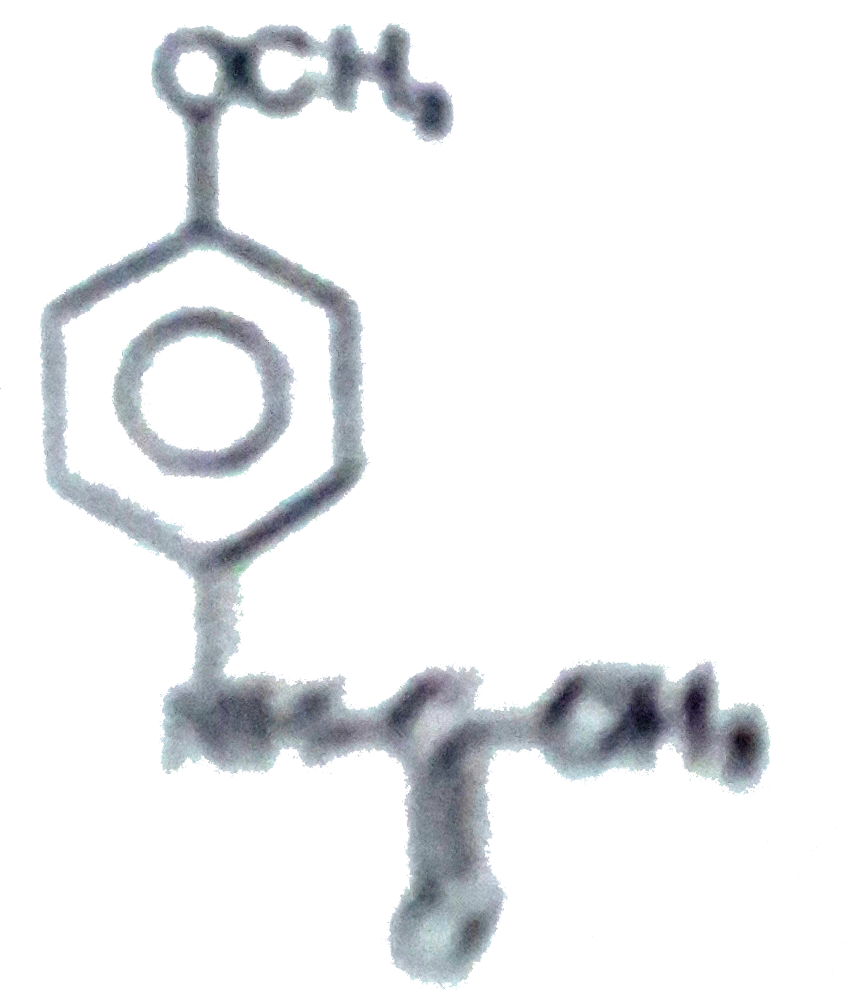An electron donating substituent in benzene orients the incoming electrophilic group to the meta-position.
The correct Answer is:F
To determine whether the statement "An electron donating substituent in benzene orients the incoming electrophilic group to the meta-position" is true or false, we need to analyze the behavior of electron donating groups (EDGs) in electrophilic aromatic substitution reactions.
1. Understanding Electrophilic Aromatic Substitution (EAS):
- In EAS, an electrophile attacks the aromatic ring, substituting one of the hydrogen atoms. The position where the electrophile attaches depends on the nature of the substituents already present on the ring.
2. Identifying Electron Donating Groups (EDGs):
- Electron donating groups are substituents that increase the electron density of the benzene ring. Common examples include -OH (hydroxyl), -OCH3 (methoxy), -NH2 (amino), and alkyl groups.
3. Orientation of EDGs:
- EDGs typically direct incoming electrophiles to the ortho (adjacent) and para (opposite) positions relative to themselves. This is due to the resonance effect, where the electron density is increased at these positions, making them more reactive towards electrophiles.
4. Meta Position Orientation:
- The meta position is not favored for electrophilic attack when an EDG is present. Instead, the meta position is generally favored by electron withdrawing groups (EWGs), which decrease electron density at the ortho and para positions.
5. Conclusion:
- Since electron donating substituents direct electrophilic substitution to the ortho and para positions, the statement that they orient the incoming electrophilic group to the meta-position is false.
Final Answer:
False - An electron donating substituent in benzene does not orient the incoming electrophilic group to the meta-position; it directs it to the ortho and para positions.
- In EAS, an electrophile attacks the aromatic ring, substituting one of the hydrogen atoms. The position where the electrophile attaches depends on the nature of the substituents already present on the ring.
- Electron donating groups are substituents that increase the electron density of the benzene ring. Common examples include -OH (hydroxyl), -OCH3 (methoxy), -NH2 (amino), and alkyl groups.
- EDGs typically direct incoming electrophiles to the ortho (adjacent) and para (opposite) positions relative to themselves. This is due to the resonance effect, where the electron density is increased at these positions, making them more reactive towards electrophiles.
- The meta position is not favored for electrophilic attack when an EDG is present. Instead, the meta position is generally favored by electron withdrawing groups (EWGs), which decrease electron density at the ortho and para positions.
- Since electron donating substituents direct electrophilic substitution to the ortho and para positions, the statement that they orient the incoming electrophilic group to the meta-position is false.
False - An electron donating substituent in benzene does not orient the incoming electrophilic group to the meta-position; it directs it to the ortho and para positions.
Topper's Solved these Questions
Similar Questions
Knowledge Check
- Question 1 - Select One
Chlorobenzene is ______ reactive than benzene towards electrophilic substitution and directs the incoming electrophile to the_____ position.
Amore, ortho/paraBless, ortho/paraCmore, metaDless meta - Question 2 - Select One
Electron donating groups are,
Ao-directionBp-directingCm-directingDo and p-directing - Question 3 - Select One
Chloro benzene is.....reactive than benzene towards electrophilic substitution and directs the incoming electrophile to the............ Position
AMore ortho/paraBLess, ortho/paraCMore metaDLess, meta
A group which deactivates the benzene ring towards electrophilic substitution but which directs the incoming group principally to the o- and p-positions is
View SolutionIdentify electron-donating groups in resonance among the following.
View SolutionThe general electrophilic substitution reaction (replacement of H. by an electrophilic which is an electron deficient species) in aromatic ring is represented as followed.

An electrophilic attacks on ortho and para positions which respect to a stronger +m group are present in benzene ring and the electrophilie attacks at meta position with respect to stronger -m group if two -m groups are present in benzene ring.
What will be the product when electrophile Br⊕ attacks on View Solution
View SolutionThe general electrophilic substitution reaction (replacement of H. by an electrophilic which is an electron deficient species) in aromatic ring is represented as followed.

An electrophilic attacks on ortho and para positions which respect to a stronger +m group are present in benzene ring and the electrophilie attacks at meta position with respect to stronger -m group if two -m groups are present in benzene ring.
If electrophilic Br⊕ attacks on the product will be :View Solution
the product will be :View SolutionThe general electrophilic substitution reaction (replacement of H. by an electrophilic which is an electron deficient species) in aromatic ring is represented as followed.

An electrophilic attacks on ortho and para positions which respect to a stronger +m group are present in benzene ring and the electrophilie attacks at meta position with respect to stronger -m group if two -m groups are present in benzene ring.
The product of the following reaction is
 View Solution
View Solution

